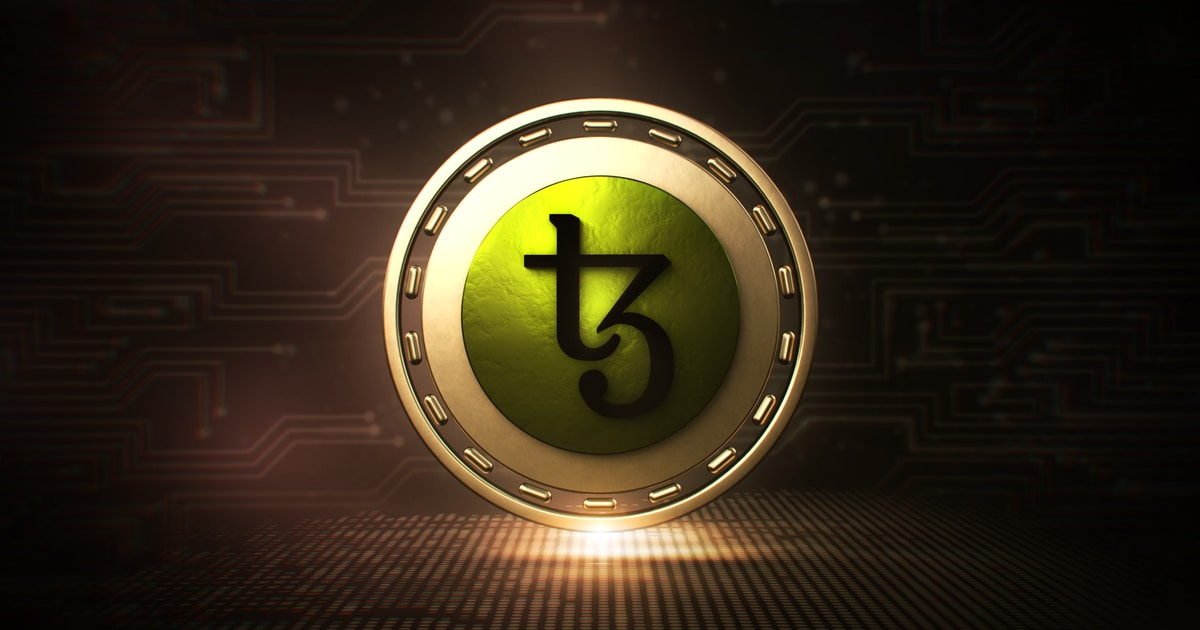TX Debtors Propose Chapter 11 Plan Amendment: Cryptocurrency Claims That Will Have Value at Bankruptcy Date

FTX’s debtors have filed an amended Chapter 11 reorganization plan, marking a significant development in the once-popular cryptocurrency exchange’s ongoing bankruptcy case. The revised plan includes an important provision that establishes the value of cryptocurrency claims based on their cash value at the time of FTX’s bankruptcy filing on November 11, 2022. This decision comes amid a cryptocurrency market where the value of many digital assets is fluctuating, including: Bitcoin has shown a notable recovery since its bankruptcy date.
Impact on Creditors and Market Recovery
FTX’s bankruptcy had a significant impact on the cryptocurrency market, contributing to its decline in value. However, after the application, the market showed significant recovery, with the global cryptocurrency market capitalization increasing significantly. This increase in market value stands in stark contrast to the situation during FTX’s bankruptcy, which has implications for creditors. Under the revised plan, creditors could potentially miss out on profits realized in the markets after bankruptcy. This is especially heartbreaking considering that even FTX’s own token has nearly doubled in value since its submission.
Controversy surrounding the plan
The restructuring plan has caused controversy, especially among FTX creditors. Sunil Kavuri, a prominent creditor of FTX, criticized the plan as violating FTX’s terms of service, which ensured that customers own ownership of digital assets and not the exchange. These claims are further highlighted by the conviction of FTX founder Sam Bankman-Fried for defrauding customers and misappropriating digital assets belonging to them.
Voting and Approval Process
Various classes of creditors will have the opportunity to vote on this revised restructuring plan. Implementation of this scheme requires certain approval criteria in terms of amount and number of claimants. In some scenarios, even if a particular group of creditors does not agree with the plan, it can be enforced through a “compulsory” process if it is deemed “fair and equitable.” This complex process highlights the challenges of navigating bankruptcy proceedings and balancing the interests of various stakeholders.
In parallel, FTX was authorized to sell a significant amount of trust assets and use the proceeds to repay creditors. Additionally, the FTX 2.0 Customer Special Committee proposed revisions to the reorganization plan to seek a fair balance between stakeholder interests. The case is further complicated by the ongoing investigation into cryptocurrency assets linked to FTX and Alameda Research. This includes reports of significant digital assets being transferred from wallets associated with these companies.
The legal saga surrounding FTX continues with the conviction of founder Sam Bankman-Fried for defrauding customers and lenders. Legal experts predict a prison sentence of 15 to 20 years, well below the theoretical maximum. Key figures at Alameda Research and FTX have admitted to committing fraud at the direction of Bankman-Fried, but could face minimal prison sentences for their cooperation. However, they can still face significant financial penalties, including returning ill-gotten gains and paying compensation to victims.
Image source: Shutterstock



